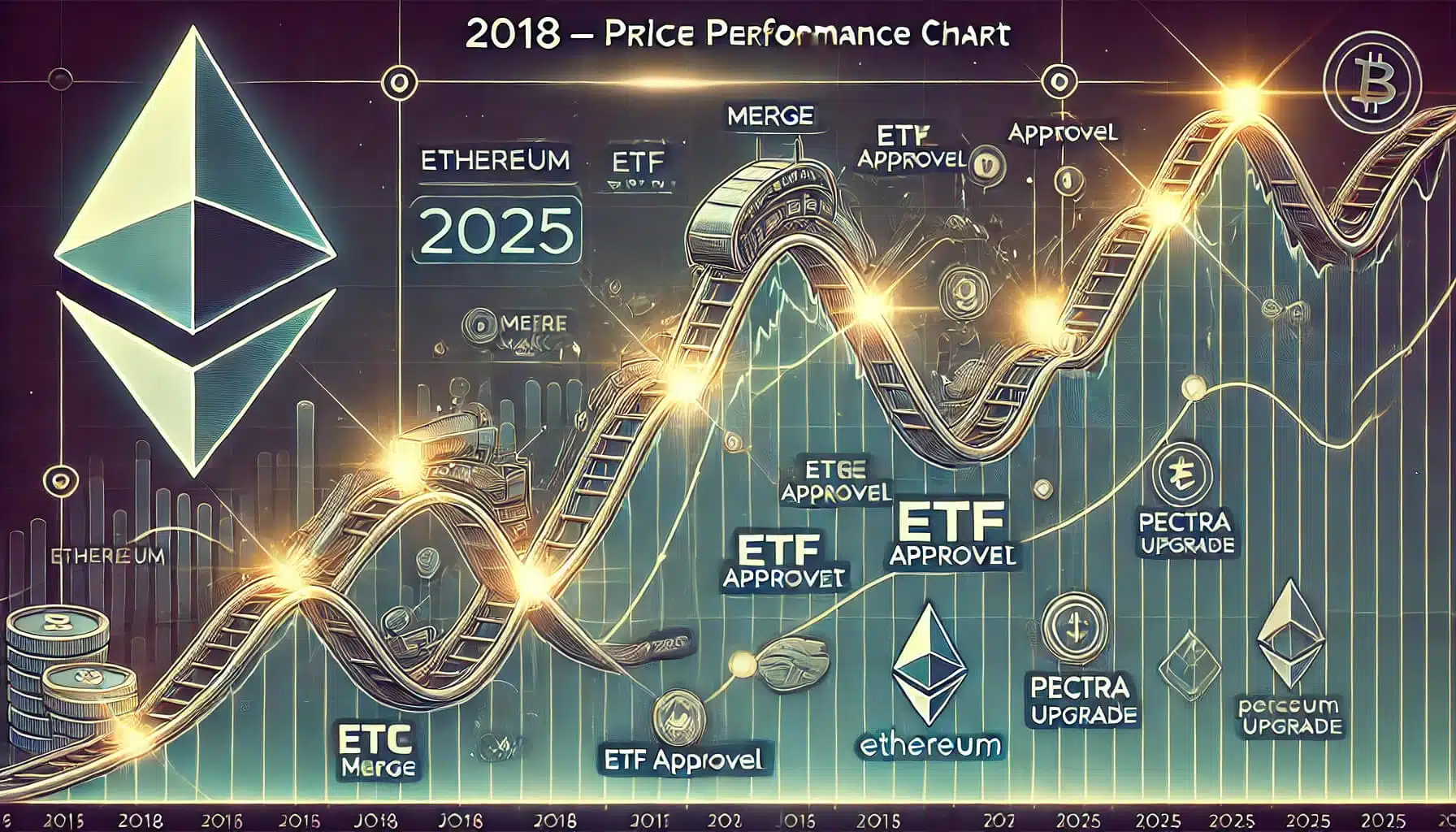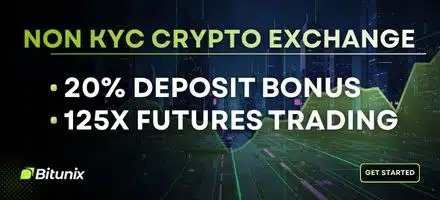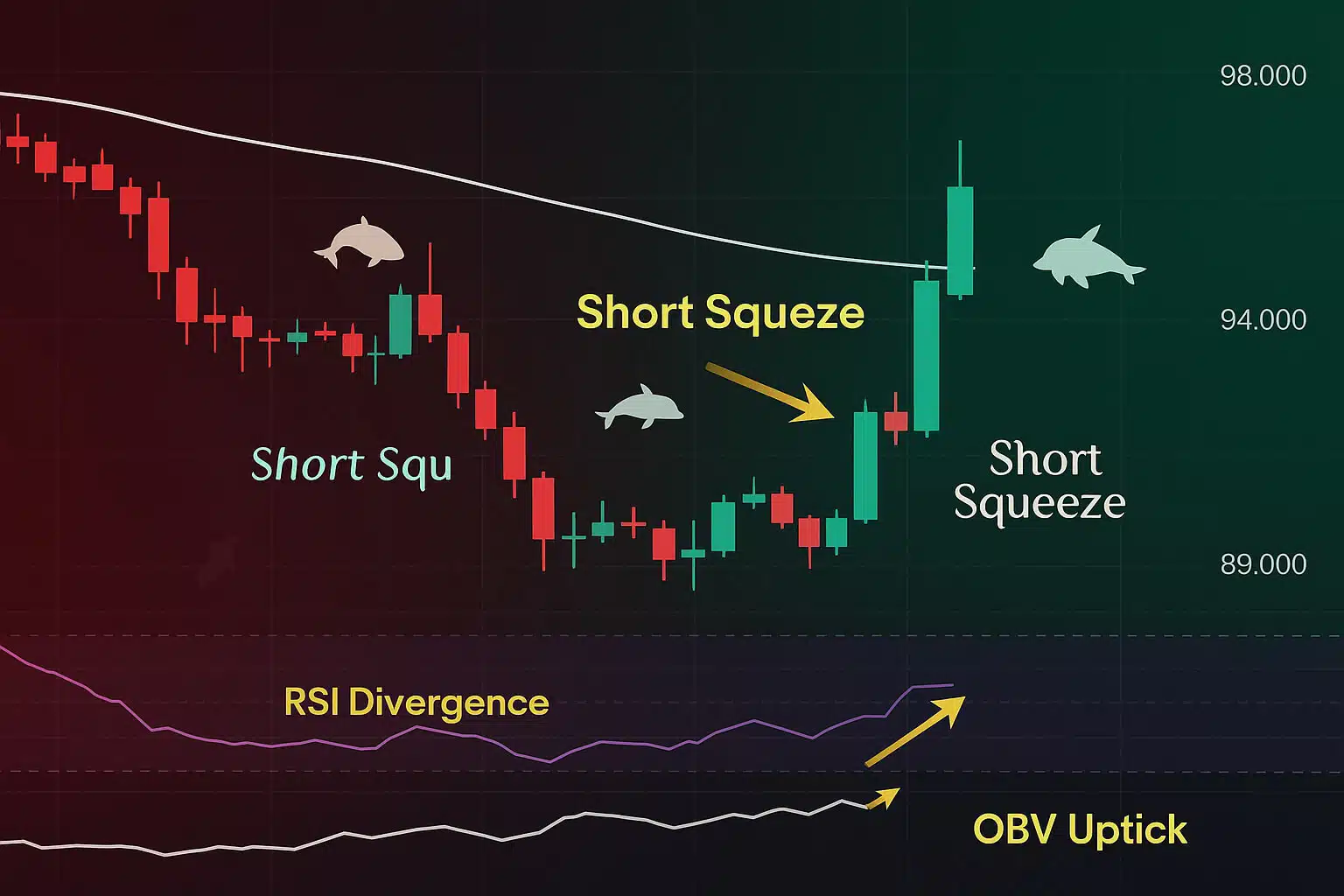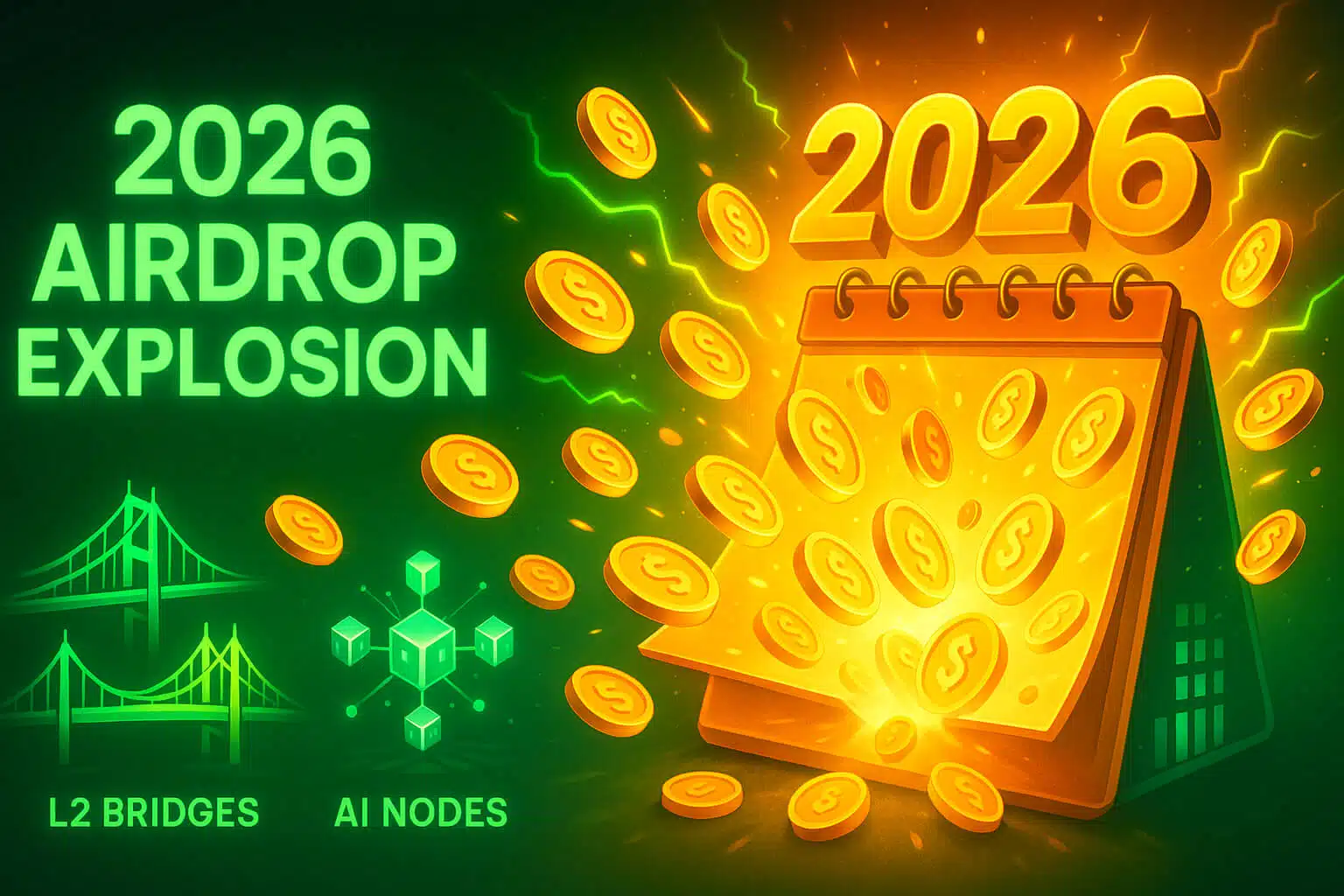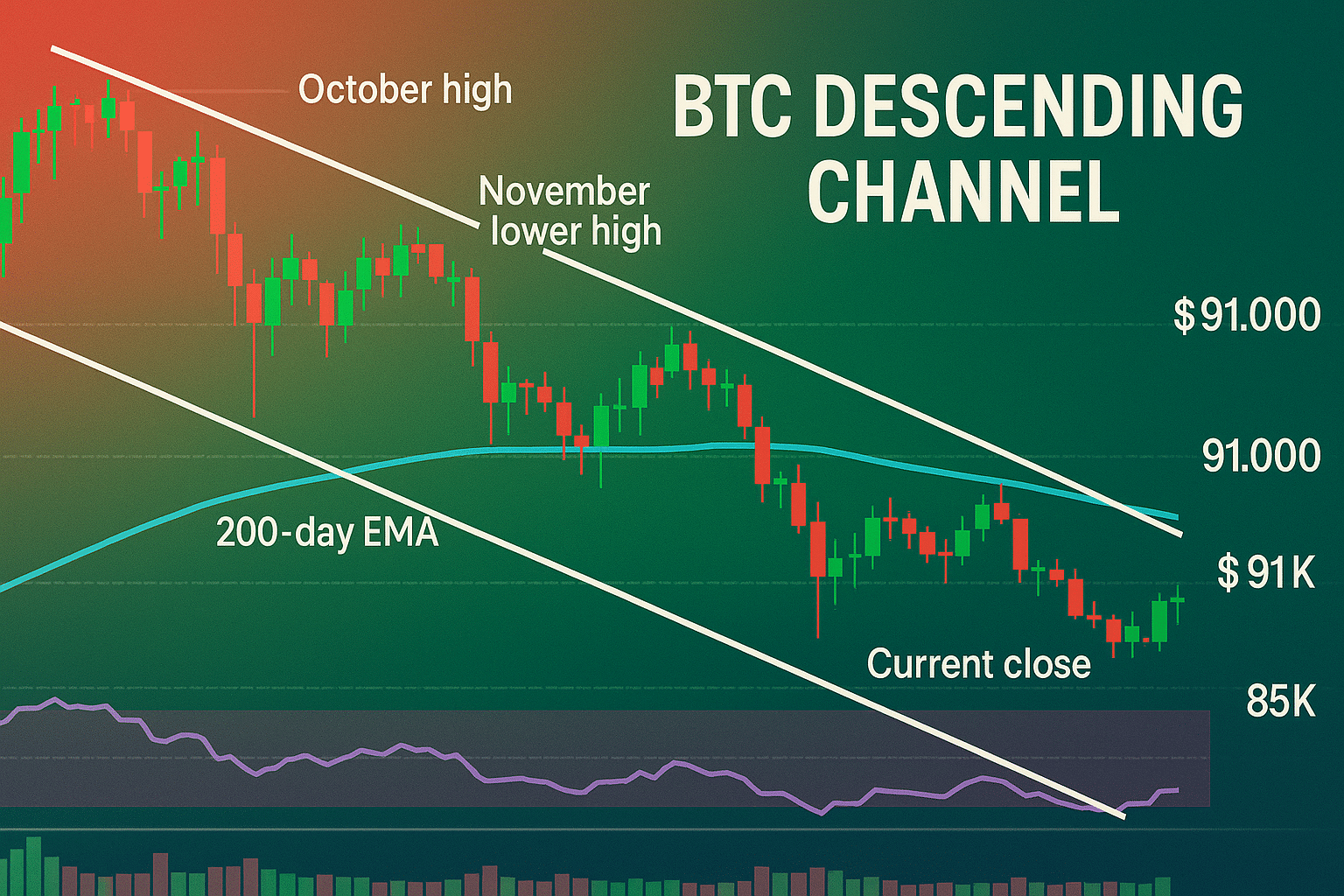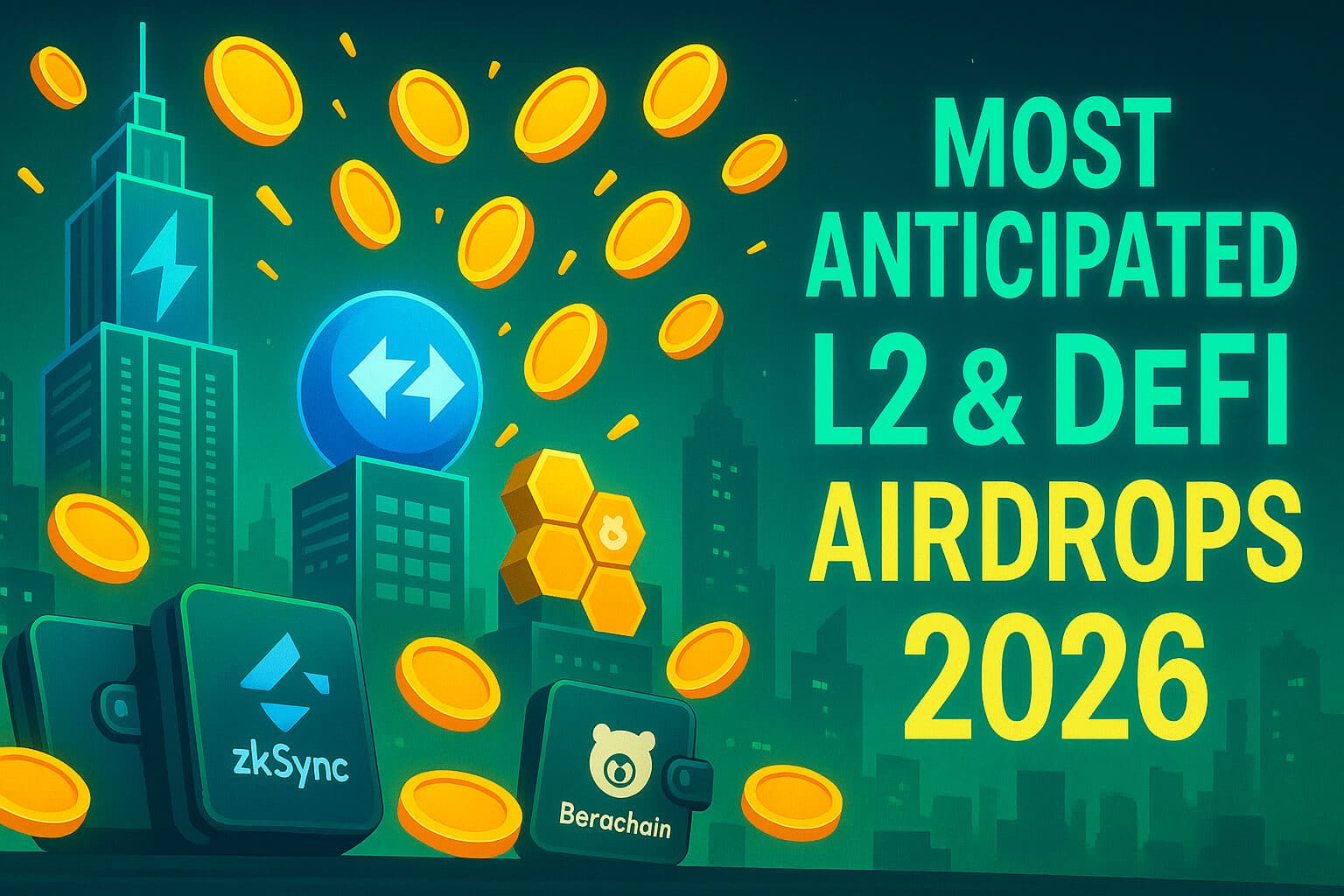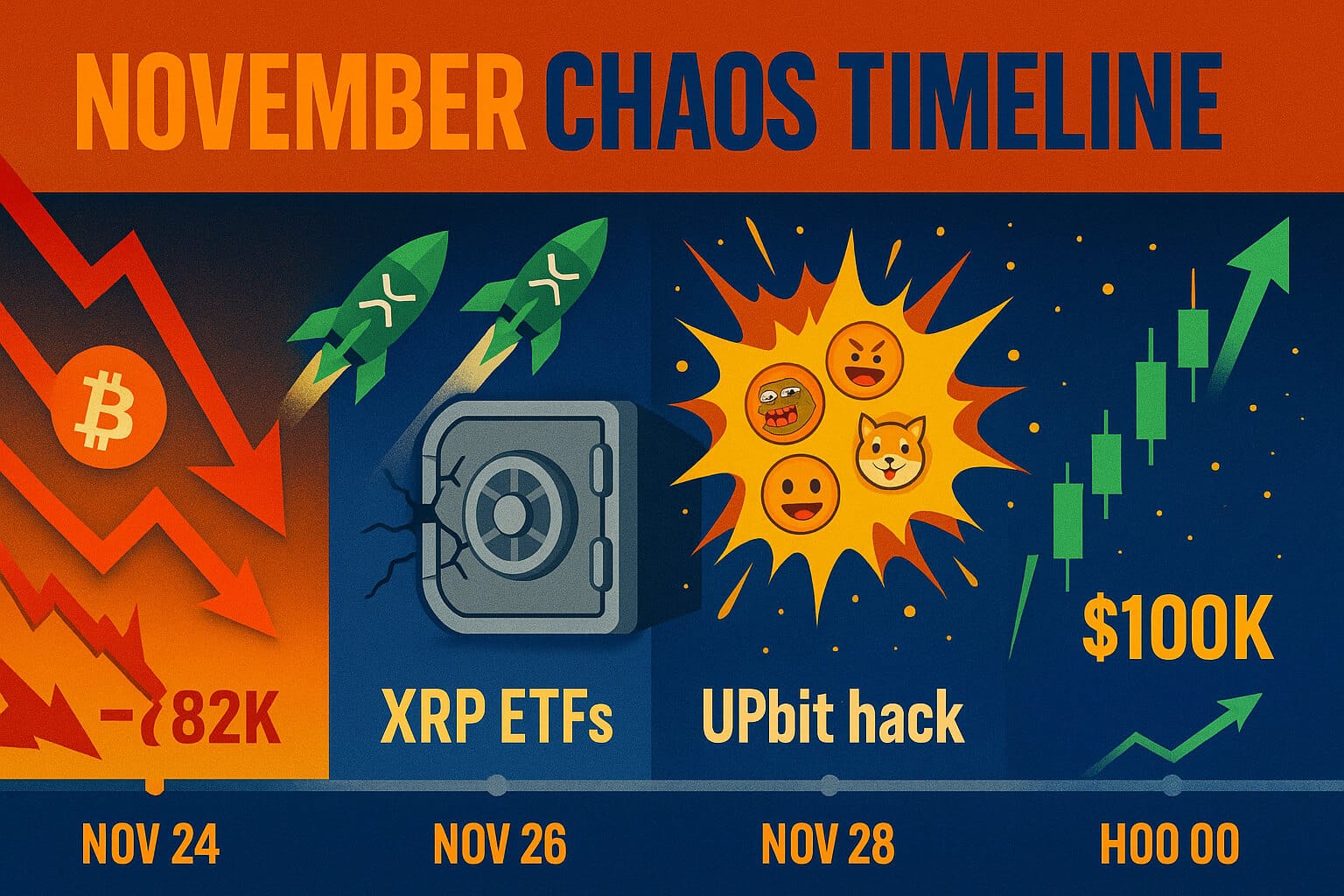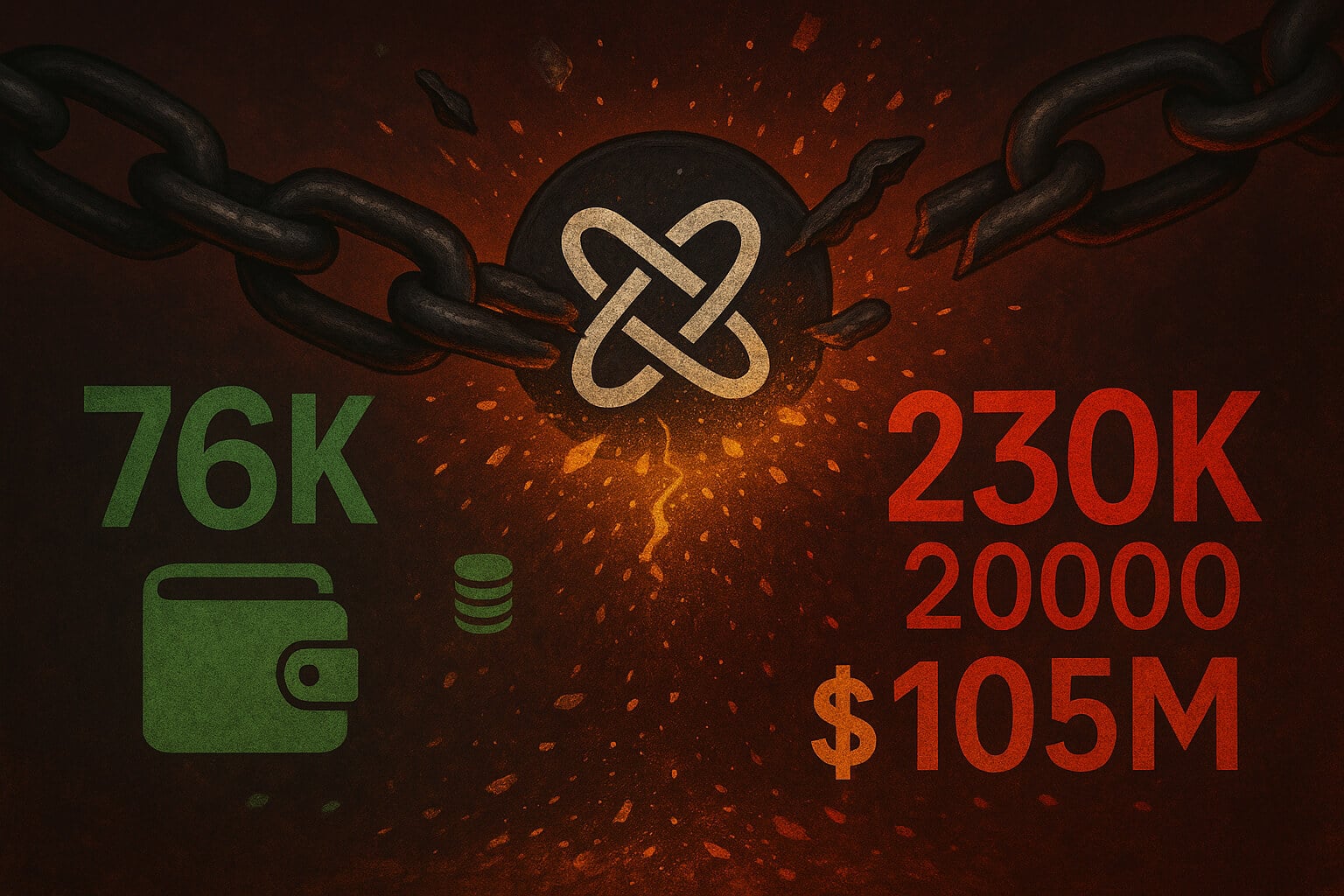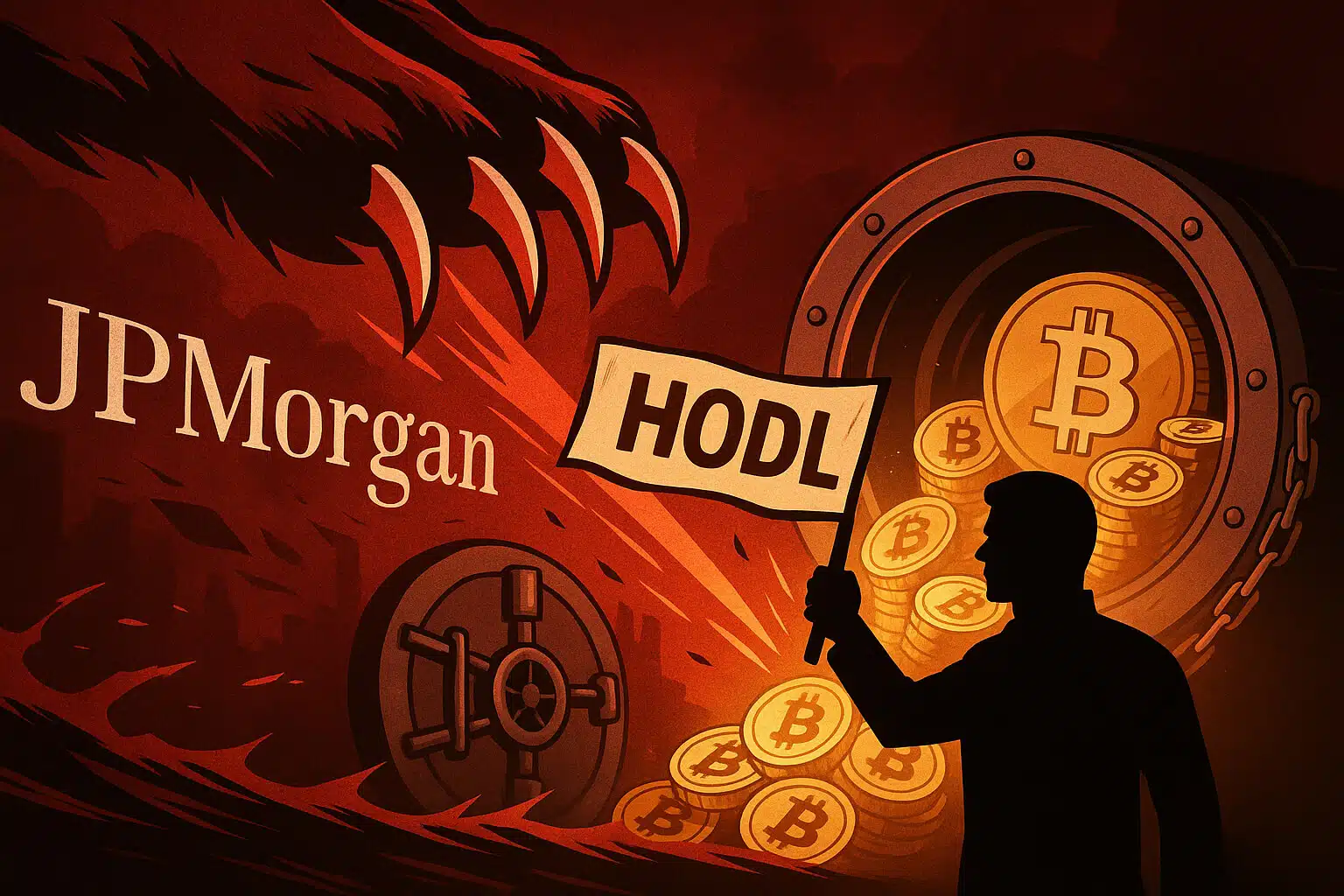Since Ethereum’s explosive rise in the 2017–2018 bull run, many investors have viewed it as the future of decentralized finance. But as we near Q2 of 2025, a recurring question echoes across the crypto community: has Ethereum underdelivered? Despite major milestones like the Proof-of-Stake transition, spot ETF approvals, and ecosystem expansion, Ethereum’s price sits far below its all-time high of $4,800. Meanwhile, Bitcoin is flirting with $90,000.
Let’s unpack the layers gas fees, Layer 2s, ETF outcomes, and investor sentiment, to understand Ethereum’s multi-year struggle to regain momentum.
From $1,400 to $4,800… to $1,800 Again?
Ethereum’s journey has been dramatic. In January 2018, ETH peaked at $1,432 before plummeting over 90% to $85 in the same year. Fast-forward to November 2021, and it skyrocketed to $4,800. Yet, as of March 2025, Ethereum trades between $1,800 and $2,000. That’s a staggering drop for holders who bought at the peak, expecting a future dominated by Ethereum’s smart contract prowess.
So, what went wrong or did it?
Investor Sentiment: Bearish Today, Bullish Tomorrow?
In March 2025, the Ethereum Fear and Greed Index clocks in at 26—solidly in the “Fear” zone. On X (formerly Twitter), some traders express pure frustration:
“$ETH once again being a massive disappointment. The day trades in a range with very little to offer compared to other cryptos.” — @RedsMoneyClub
It’s not just retail traders. Even institutions seem lukewarm. After initial enthusiasm surrounding Ethereum ETFs in July 2024, with $1.1 billion in first-day trading volume, follow-through momentum stalled. Outflows from Grayscale’s Ethereum Trust disappointed those expecting an ETF-driven rally akin to Bitcoin’s.
Yet not everyone’s bearish. A survey from Security.org shows 43% of 2025 crypto investors plan to buy ETH. Whales and ETF issuers like BlackRock are quietly accumulating, betting on long-term value.
The Merge & Pectra: Too Little, Too Late?
Ethereum’s biggest technical milestone, The Merge, was supposed to be a game-changer. And in terms of energy efficiency, it was. The network slashed its energy use by 99.95%. But did it impact the price? Not really.
After the September 2022 Merge, Ethereum dipped instead of surging, staying stuck between $1,200 and $2,000. Investors expecting immediate scalability improvements were disappointed.
Now, the next big upgrade, Pectra, aims to improve gas payments and usability. With the testnet “Hoodi” live as of March 2025, it’s too soon to judge its full impact. Some analysts, like Christine Kim from Galaxy Digital, argue that even this may not significantly drive ETH’s price.
Layer 2: Scaling Ethereum… or Undermining It?
Enter Layer 2 solutions, designed to take pressure off the main Ethereum chain. Projects like Arbitrum, Optimism, and Base have boomed. But ironically, this success might be hurting ETH’s price.
Why? Because these platforms settle fewer transactions directly on Ethereum’s mainnet, decreasing the fees (gas) users pay in ETH. Standard Chartered estimates that Base alone has shaved $50 billion off ETH’s market cap by rerouting demand.
“Can Layer 2 scalability really undermine Ethereum’s value?” , Reddit thread from r/ethereum
Some believe Layer 2s strengthen Ethereum’s ecosystem. Others argue they weaken ETH’s role as the network’s economic engine.
ETF Blues: Not the Bitcoin Effect
When the U.S. approved spot Ethereum ETFs in July 2024, anticipation soared. Analysts predicted price explosions. In reality? ETH saw a brief pump to $3,000–$4,000, then slumped again.
Institutional enthusiasm has not matched that of Bitcoin. Ethereum ETFs currently hold just 10–12.5% of the assets that Bitcoin ETFs manage. According to DL News, this shortfall has caused disappointment among investors hoping for similar traction.
Ethereum vs Bitcoin: A Harsh Comparison
Let’s face it, Ethereum’s biggest rival is Bitcoin. And in 2025, Bitcoin is winning.
Bitcoin hit $89,000 following Trump’s re-election, fueled by massive ETF inflows and macroeconomic narratives. Ethereum? Up 50% year-to-date, but still underwhelming compared to Bitcoin’s 80% rally.
This divergence is creating cognitive dissonance for ETH holders. Ethereum was once seen as “the smart money” blockchain. But newer chains (like Solana or Avalanche) now offer faster, cheaper alternatives, and even Bitcoin’s Layer 2 scene is catching fire.
Seven Years of Disappointment? A Quick Timeline Recap
-
2018: Crashes from $1,432 to $85. Confidence shattered post-ICO boom.
-
2020–2021: Rebounds thanks to DeFi and NFTs. Peaks at $4,800.
-
2022: Merge hype fizzles. Still no real scalability.
-
2023: Layer 2s thrive, but ETH demand drops.
-
2024: ETF approval sparks short-lived excitement.
-
2025: Trades at $1,800–$2,000. Sentiment = mixed bag.
Gas Fees: Still an Issue in 2025?
Despite Layer 2 expansion, gas fees remain a headache, especially during peak market activity. Transactions still average $5–$15 for simple transfers, and much more for complex DeFi trades. Many dApp developers and users now build directly on Layer 2s, bypassing Ethereum’s main chain entirely.
The hope is that Pectra and EIP-4844 (Proto-Danksharding) will solve this. But delays in implementation have tested investor patience.
Not All Doom and Gloom: Is There Hope?
Ethereum’s fundamentals aren’t broken. In fact, they’re stronger than ever:
-
Dominates TVL (Total Value Locked) in DeFi
-
Hosts the majority of NFT volume
-
Backed by ongoing institutional accumulation
-
Boasts the most active developer base in Web3
Some believe ETH is simply lagging in the cycle—and when the next altcoin season begins, Ethereum will lead.
“Hype and engagement feels dead for Ethereum… Meanwhile – ETFs buying $ETH – Whales accumulating – Shorts building.” — @QuintenFrancois
This kind of divergence between sentiment and fundamentals often precedes massive rallies.
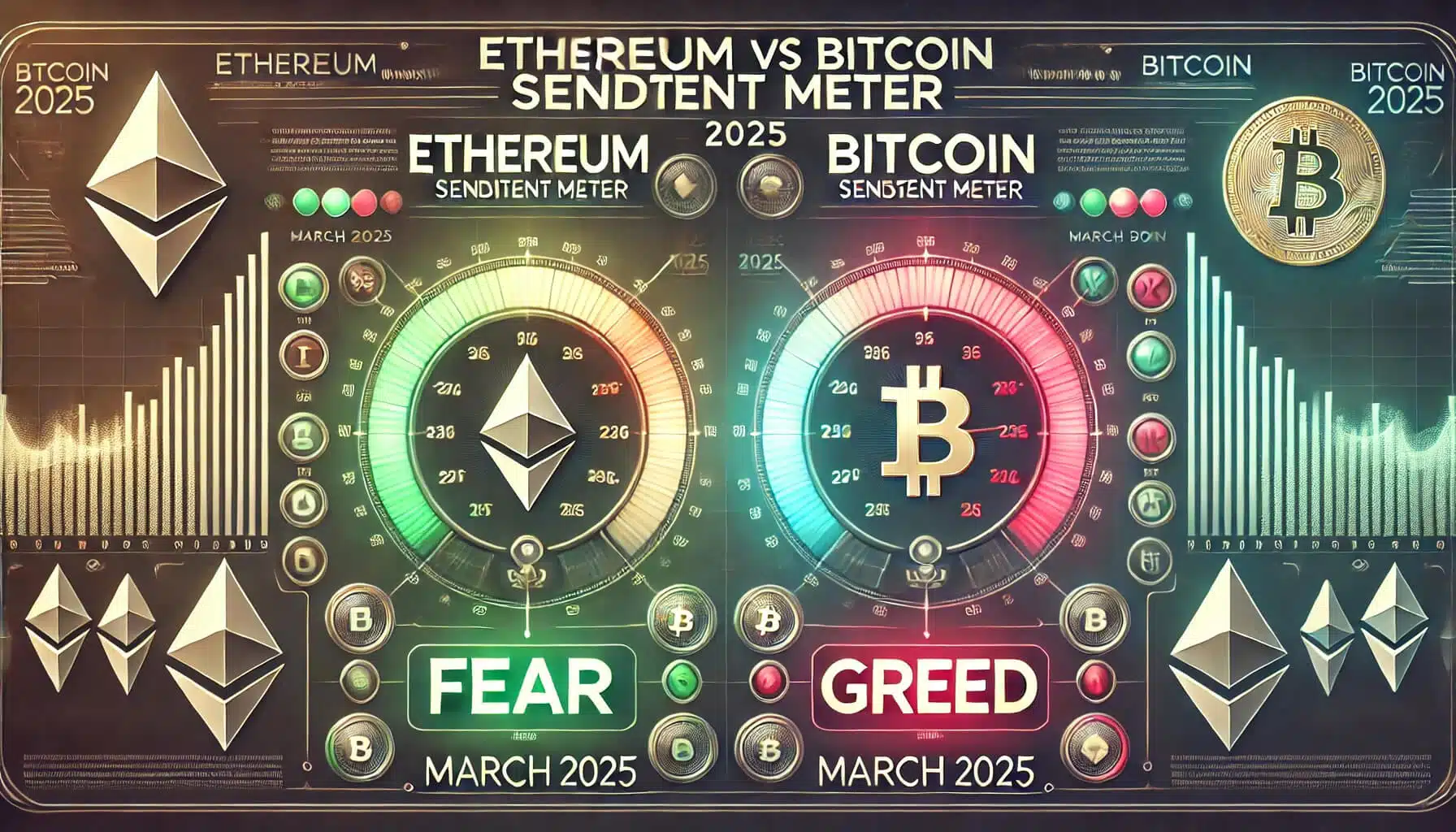
Final Thought: A Delayed Giant, Not a Dead One
Ethereum’s price action since 2018 can be summed up in one word: volatile. While the long-term narrative remains strong, decentralized applications, modular scaling, Layer 2 infrastructure, the day-to-day price movement has left many investors disillusioned.
From gas fees and delayed upgrades to underperforming ETFs and competition from rivals, Ethereum has stumbled. But its ecosystem is still the most robust in crypto. Whether ETH reclaims $4,800, or breaks higher, will depend on whether it can recapture its narrative and utility in a fast-evolving market.
For more insights and educational resources on Crypto, explore the latest crypto airdrops and uncover exclusive opportunities waiting for you. Visit now at FreeCoins24.io/airdrops to start claiming today.
Stay informed with the latest strategies and insights in the world of cryptocurrency at FreeCoins24.io.
Stay connected with us:
Special Offer
Sign up on Bybit today and claim up to $30,000 in deposit bonuses. Start trading and mining with confidence on a platform trusted by millions.


